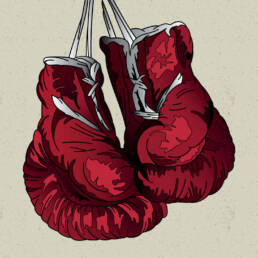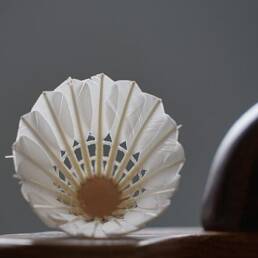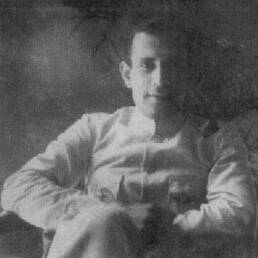India has just broken new ground at the ongoing 19th Asian Games in Hangzhou – winning 107 medals with the best ever gold medal tally. As the whole nation celebrates, here’s a quiz question: Who was India’s first Asian Games gold medal winner? Read on for his incredible story.
The story begins in Varanasi in 1930. Gandhiji had just announced the Civil Disobedience Movement and Indians were participating in the protest wholeheartedly. It even excited the kids. One of them was 10-year old Sachin Nag.
A protest rally was walking along the banks of the Ganges when hordes of policemen began to lathi-charge the protesters. To escape, Sachin jumped into the adjacent river and tried to swim to the opposite side.
This moment changed his life. He discovered a love for the water and soon swimming in the river became his favorite pastime and near-obsession. In 1937, Jamini Das, a renowned swimmer and coach, came to Varanasi from Calcutta.
Das was associated with Haatkhola Club and on the trip he was accompanied by some young trainees who were in Varanasi to participate in a competition. He was left shocked when an untrained local teenager upset well-trained swimmers from his club.
The teenager was none other than Sachin Nag. Jamini Das knew he had spotted an uncut diamond and convinced Nag to travel to Calcutta with him. In Calcutta, the boy stayed at Das’ house while his mentor put in his heart and soul to mold a champion.
Nag did not disappoint his mentor. Just a year after relocating to Calcutta, he became Bengal champion in 100 m and 400 m freestyle swimming. He would win the state 100 m freestyle title continuously for nine years.
He was also the all India champion in 1938 and repeated this feat twice more. By the mid 1940s, Sachin’s goal was to compete at the London Olympics of 1948. But barely a year before the Games, his dreams were shot down, quite literally.
While leaving after a training session, a stray bullet hit him, shattering his femur. Doctors advised him to stay off swimming for two years. But Nag was having none of it. Just six months after this incident, he was back in the pool.

But a bigger obstacle stood in Nag’s path: lack of money to sponsor his trip. He was compelled to take up odd jobs like washing cars to raise money. But it was not sufficient and just as Nag was about to give up his dream, help came from unexpected quarters.
Renowned singer Hemanta Mukhopadhyay came to know of his plight and arranged a number of music concerts to raise funds for Nag. An impossible dream was realized.
In the London Games, India’s first as an independent nation, Nag took part in 100 m freestyle and water polo. He scored four goals in the polo team’s 7-4 win over Chile.
But Nag’s greatest moment of triumph would arrive three years later. In 1951, the inaugural edition of the Asian Games was held in New Delhi. In his favorite event – 100 m freestyle – Nag put up a dazzling display, claiming first place.
It was India’s first ever gold medal at the Asian Games. In the audience were PM Jawaharlal Nehru, his daughter and future PM, Indira Gandhi, and Lord Mountbatten – India’s last British Viceroy. All of them cheered for Nag.
So overjoyed was PM Nehru that he broke protocol and rushed to Nag, embracing the swimmer in a warm hug and then presented the red rose from the breast pocket of his trademark Jawahar coat.
In his later years, Nag rated this moment as the best moment of his life. Besides his gold in freestyle, he also won a bronze in 4 x 100 m freestyle relay and 3 x 100 m medley relay. Nag later represented India in water polo at the 1952 Helsinki Games.
In 2020, 33 years after his demise, the Government of India honored Sachin Nag with the Major Dhyan Chand Lifetime Achievement Award posthumously.
Sources:
https://www.telegraphindia.com/sports/honour-for-pool-pioneer/cid/1790335
https://thedailyguardian.com/remembering-sachin-nag-the-first-gold-medallist-at-1951-asian-games/




